Just try it
Updated: 2015-07-10 07:30
By ike Peters(China Daily)
|
||||||||
That's the message behind World Baijiu Day, as a Beijing blogger tries to cut through global misperceptions about the world's most-consumed spirit. Mike Peters reports.
Jim Boyce is not on a mission to make foreigners like baijiu.
That might surprise fans of his Beijing-based nightlife and wine blogs, where he's been eagerly promoting his upcoming World Baijiu Day and posting fun little stories about his visits to distilleries of China's high-octane white spirit.
"I can't control whether someone will like baijiu," he says, adding that his goal is to simply get people to try it.
That's not always easy, even with foreigners in China who see Chinese pounding room-temperature shots of 55-proof white lightning with shouts of ganbei!
"A lot of laowai (foreigners in China) say the stuff tastes like kerosene or old socks," Boyce acknowledges. "But how many of us developed our taste for gin or vodka by drinking lots of it at room temperature?"
That's why Boyce is pushing the bars and restaurants participating in his global event on Aug 8 to be innovative with China's national liquor.
One Beijing eatery has been testing "deep-fried baijiu", made by soaking chunks of angel-food cake in the spirit before tossing in hot oil. A craft brewer will use qu, the "starter" that baijiu makers use to turn grain into alcohol, to make a special beer for the occasion. There are plans to use baijiu in ice cream, cocktails and infusions. Baijiu brownies, anyone?
If that all sounds mad, Boyce says, consider a West-to-East experiment that has been a huge hit in Chinese bars: Chivas mixed with sweet green tea.
Where the girls are
One fan of Boyce's idea, Matt Trusch, is a native of Houston, Texas, who became a fan of baijiu during a long stay in China as a student and entrepreneur. Today, he says, he's the biggest maker of the white spirit in the United States. His product, Bye Joe, is sold in 15 states and sports a winking temptress on the label; it comes in two infused flavors (Dragon Fire and Tiger Eyes) as well as the meatier original Red, with a more robust sorghum flavor.
"You can see the future by looking at who's drinking baijiu in China and who's drinking it in America," says Trusch.
"In China, the demographic is 99-percent Chinese, 60 to 70 percent 40 or older, and about the same percentage male. Baijiu drinkers in the US, however, are 55 percent female, only 50 percent are ethnic Chinese, and 70 percent are under 35."
The young, usually female drinker is what Trusch calls the "pioneer drinker", eager to try something new. Besides offering them infused liquor store and clever cocktails, Trusch says the key is to cut the alcohol level.
"What works is matching the alcohol levels of other spirits," Trusch tells China Daily during a quick visit to Beijing and Shanghai recently. "Forty percent is our starting point, with our Red brand, and while our infused brands are 35 percent alcohol. The original Chinese formula of about 55 percent is just unpalatable in the Western market, and it doesn't work in cocktails - the proportion is just all wrong."
Into the mix
Can baijiu find a place on trendy bar shelves globally, alongside fine sakes and tequilas?
Boyce notes that several baijiu makers are operating in the West, with strategies like Trusch's. And Chinese makers, seeing their huge market share shrink at home, as the government cracks down on lavish parties and gift-giving, are looking at foreign drinkers with new interest. Some are even making their own versions of 40-percent baijiu for export.
"They will eventually market that way at home," Boyce predicts. Young people in China aren't drinking what their parents did, opting for the hipper, lighter and creative bar offerings abroad, he says.
"The baijiu makers here will respond to that," he says. "These guys didn't get rich by being dummies."
Contact the writer at michaelpeters@chinadaily.com.cn
(China Daily 07/10/2015 page19)
- FARC announces new unilateral ceasefire
- Everyone safe on returned A380 flight in Amsterdam
- SCO summit to take up India's membership
- Myanmar president pledges to hold clean, free, fair election
- S.Korea keeps record-low rate on hold after MERS outbreak
- Xi, Putin agree to actions on connectivity proposals

 Plane makes emergency landing after fire
Plane makes emergency landing after fire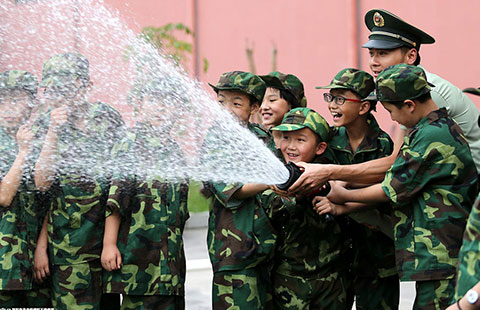
 Ten photos you don' wanna miss - July 8
Ten photos you don' wanna miss - July 8
 Female robot sings in Shanghai
Female robot sings in Shanghai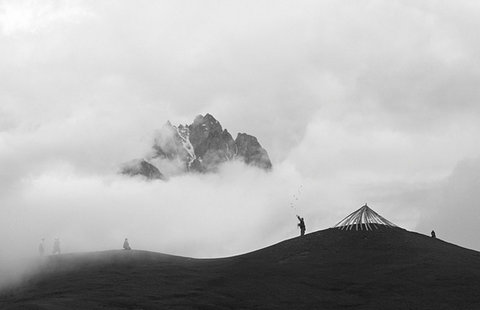
 Stunning images of Tibetan Buddhist pilgrims
Stunning images of Tibetan Buddhist pilgrims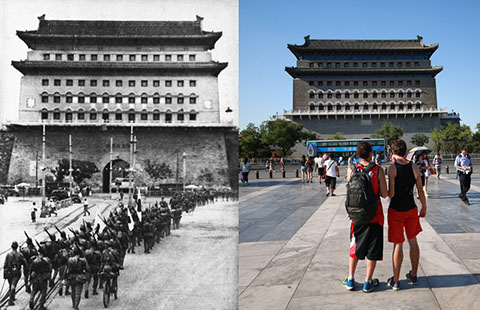
 Then and Now: Beijing’s historic sites as witnesses of war
Then and Now: Beijing’s historic sites as witnesses of war
 In photos: China from above
In photos: China from above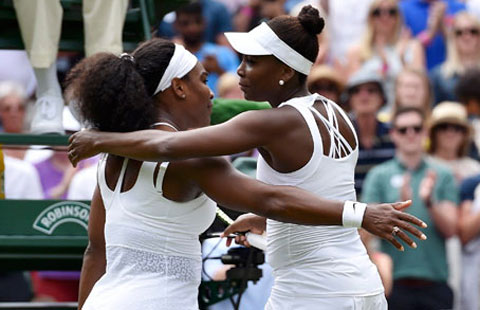
 Serena Williams beats sister Venus to reach last eight
Serena Williams beats sister Venus to reach last eight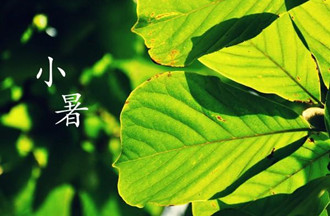
 Culture insider: Six things you may not know about Minor Heat
Culture insider: Six things you may not know about Minor Heat
Most Viewed
Editor's Picks

|

|

|

|

|

|
Today's Top News
IMF keeps 6.8% growth for China; sees little effect from stock market
Yuan hit by turmoil in the market
SCO summit to take up India's membership
Xi, Putin agree to actions on connectivity proposals
IMF urges boost to development finance
China shares listed in US see selling
US orchestra to play China
China answers Clinton charges
US Weekly

|

|






